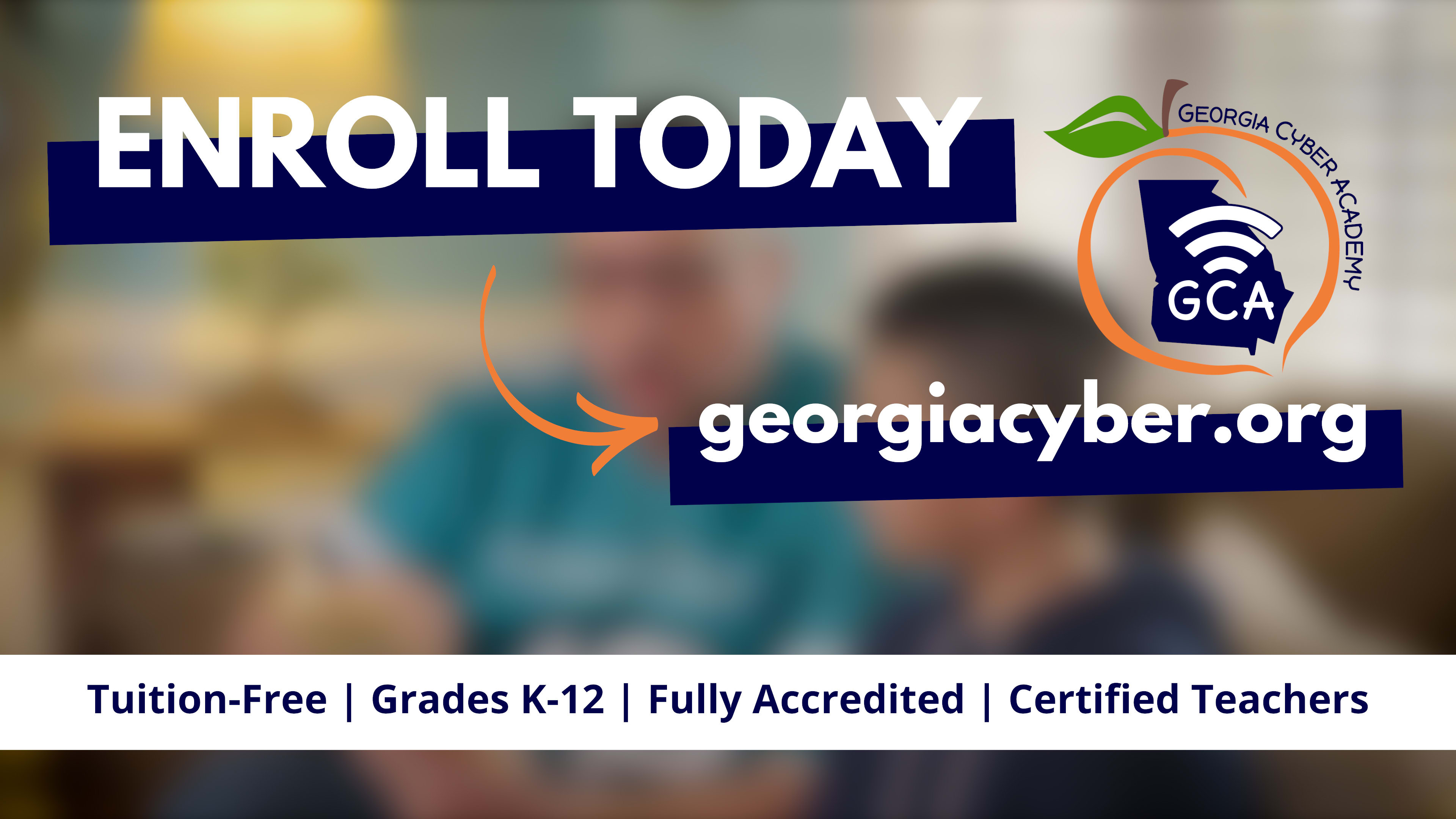Online school costs for K-12 students vary depending on the school they choose to attend, with many online public schools offering free tuition and minimal fees. Some private online schools may charge tuition fees annually, which varies substantially depending on the school.
It’s a major benefit for cost-conscious students, as they potentially save a lot of money on transportation, accommodation and meals. Online education provides learners with a flexible and customizable learning experience, allowing them to work at their own pace and with greater control over their schedules.
This makes online education an ideal alternative to traditional learning for many students, especially when considering the cost of education. Despite the varying costs, online education remains to be an affordable option for every learner.
Why Is Online School Cheaper?
Online school is cheaper because students don’t have to pay for transportation, housing, or meal programs on campus. This can result in significant savings, making it an ideal choice for cost-conscious families. Online education prices may vary, but they tend to be affordable options for every learner.
Lower Overhead Costs
Online schools have lower overhead costs than traditional schools. Unlike traditional schools, online schools don’t have to pay for large physical facilities or maintenance. This leads to lower expenses in rent, utilities, cleaning, and other such costs. Additionally, there is no requirement for hiring additional administrative staff or any costs associated with on-campus facilities.
No Need For On-campus Services
Another reason why online school is cheaper is that online students don’t require on-campus services such as meal plans, transportation, and housing. This leads to a considerable saving for students who opt for online courses, as they don’t have to bear such costs. A student taking an online course can avoid the need for a car, bus, or train to commute. They can simply use the internet from the comfort of their home to access their courses. Meal plans are expensive, and online students can save money by making their meals at home.
Therefore, there are various reasons why online school is cheaper than traditional school. With cost savings available through online schools, many students are now able to take advantage of the flexibility and opportunities this type of studying offers.

Credit: www.georgiacyber.org
How Much Time Per Day Does Online School Take?
Online school costs for K-12 education can vary, depending on the school and program. However, families do not typically pay tuition for students to attend an online public school. Instead, they may be required to pay for common household items and office supplies, like printer ink and paper.
Industry Standards For Learning Time
Online schooling is an increasingly popular option, especially during the pandemic, and one of the major benefits of online learning is flexibility. But how much time do students need to spend on it daily? While it may vary depending on the grade level, online school can take a similar amount of time as traditional school, if not more. According to industry standards, elementary school students should spend 2-3 hours a day on online learning, while middle and high schoolers should spend 3-4 hours daily.
Factors Affecting Time Spent On Online School
However, several factors can influence the amount of time students need for online learning. These can include technology proficiency, motivation, the style of learning material, and the availability of parental guidance. Some students may finish work quickly and have more free time, while others may need more time for assignments and activities. It is essential to find a balance between learning and leisure time to avoid burnout and frustration.
Tips For Optimal Time Management In Online School
To make the most of online school, students can use various time management strategies, such as creating a daily schedule, setting goals, prioritizing tasks, and taking breaks. Teachers and parents can also provide guidance on the pacing of assignments and offer feedback on performance. It is important to communicate frequently and openly about any struggles and accomplishments to ensure a positive and productive online learning experience.
In conclusion, the amount of time spent on online school can depend on various factors, but industry standards recommend 2-4 hours daily for K-12 students. It is vital to consider individual needs, goals, and preferences when managing time effectively and achieving academic success.
What Is The Cost Of Online Learning?
Online K-12 school costs can vary depending on the school chosen. Online education is generally more affordable due to savings on expenses such as commuting, housing, and meal programs. Texas Online Preparatory School (TOPS) is a free public online school, while private online schools can cost anywhere from hundreds to thousands of dollars annually.
Variations In Prices By School
Schools that offer online learning programs for grades K-12 have their own pricing systems. Certain schools may provide online courses for free, while others are available for a charge. The cost of online learning may also differ by school district and state. Some online schools charge tuition fees depending on the number of courses students enroll in, while others may provide a flat fee per semester or year. There may also be additional expenses such as technology fees, book fees, and equipment expenses.
Affordable Options For Every Learner
Despite the variations in pricing between different online schools, there are still affordable options for every learner. Online public schools, in particular, may provide courses at no cost to the learner. Families may also be eligible for financial assistance through scholarships, grants, and fundraising programs. Homeschooling families may also find that online learning programs offer a more affordable alternative to traditional schooling methods. Ultimately, families should compare pricing and assess their individual needs before selecting an online learning program. It’s essential to keep in mind that quality education is an investment in a child’s future and that affordability should not be the only consideration.
How Much Does Online School Cost Per Grade Level?
Online school costs vary depending on the grade level and the type of online school. Public online schools, such as Texas Online Preparatory School, do not charge tuition fees, while private online schools may charge an annual tuition that can vary substantially.
Overall, online education provides affordable options for every learner and can translate to substantial savings compared to traditional on-campus programs.
How Much Does Online School Cost K-12 – How Much Does Online School Cost Per Grade Level?
As distance learning continues to gain popularity, many families are concerned about the cost of online education. It is a known fact that online education is generally more affordable than traditional schooling. The cost of online learning is determined by several factors, such as the student’s grade level, the curriculum chosen, and the type of school. In this post, we will provide you with the average costs of online schools per grade level: elementary school, middle school, and high school.
Elementary School Costs
Elementary online schools typically cost between $150 and $300 per month and between $1,500 and $3,000 per year. Some online schools offer a one-time payment option for the entire year, while others allow monthly installments. Online schools often have additional fees for equipment, software, and supplies, such as textbooks, workbooks, and materials.
Middle School Costs
Middle school online programs may cost a little more than elementary schools because of the advanced curriculum. The average cost of an online middle school program is between $300 and $600 per month and between $3,000 and $6,000 per year. Some schools may also have extra costs for materials, as well as technology fees.
High School Costs
Online high schools are the most expensive among the three grade levels. Tuition for an online high school program is between $400 and $800 per month and between $4,000 and $8,000 per year. In addition, many online high schools charge an enrollment fee and sometimes an additional technology fee, which can range from $50 to $200.
It is important to note that some online schools may offer free or discounted tuition for students who qualify. Families can look into these programs to help reduce the overall cost of online education. Additionally, some states also provide online education at no cost to the students.
In conclusion, the cost of online education can vary per grade level, with elementary schools being the most affordable and high schools being the most expensive. Families must consider the cost of enrollment fees, materials, technology fees, and other possible expenses when choosing an online school. Nevertheless, the cost savings for parents and students are still significant compared to traditional schooling.
Frequently Asked Questions Of How Much Does Online School Cost K-12
Is Texas Virtual Schools Free?
Yes, Texas Virtual School Network’s online schools program is free of charge for eligible independent school districts and open-enrollment charter schools.
Is K12 Good For Homeschooling?
Yes, K12 is a great option for homeschooling. K12 offers online curriculum and classes for students from kindergarten to high school, with a focus on individualized and flexible learning. They provide support and resources for parents who choose to homeschool their children.
K12 is an accredited program that meets state standards and has a proven track record of success.
Why Is Online School Cheaper?
Online schools are cheaper because students don’t have to pay for on-campus expenses such as housing, transportation, and meal programs. This leads to significant savings, making it an affordable option for budget-conscious learners. Additionally, online education prices vary by school and offer affordable options for students.
How Long Does Online School Take A Day?
The amount of time online school takes per day varies based on the school and the student’s grade level. Generally, elementary students spend 1-3 hours per day, middle school students spend 2-4 hours per day, and high school students spend 3-5 hours per day.
How Much Does Online K-12 School Cost On Average?
Online K-12 school tuition usually ranges from $0 to $900 annually, depending on the school, program, and course load.
Conclusion
Overall, online schools provide a cost-effective alternative to traditional in-person learning. As shown, online education prices vary by school, but all provide affordable options for every learner. With the flexibility and convenience that digital classes bring, students don’t have to pay for student housing, gas for commuting or on-campus meal programs, and that can translate to substantial savings.
Whether attending a public or private online school, families can expect to pay varying annual tuitions, but both options provide excellent quality education for K-12 students. As more families explore online learning, the cost of modern learning is becoming more accessible to a wider range of learners.












































Leave a Reply